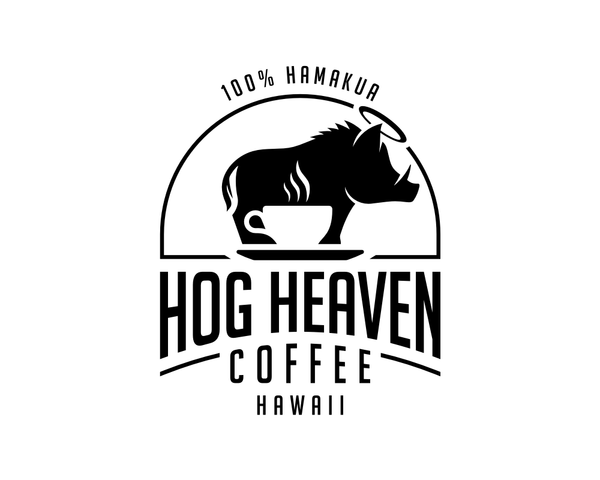Why Hawaiian Coffee Costs More
Share
And Why It’s Worth Every Sip
If you love coffee, you know that not all cups are created equal. Hawaiian coffee, especially from the Hāmākua Coast, is among the most coveted in the world — but it also comes with a higher price tag. Here’s why, and how small farms like ours navigate the challenges to bring you exceptional, estate grown coffee.
1. Rarity and Limited Supply
Hawaiian coffee is rare. The total coffee production in Hawaii is small — the Hawaii Department of Agriculture (HDOA) reports that statewide coffee production fell 11% in 2023–2024, with just 7,400 acres of bearing coffee. Labor shortages, extreme weather, and pests like Coffee Leaf Rust and Coffee Berry Borer further reduce yield.
This limited supply makes Hawaiian coffee inherently more expensive. Unlike mass-market blends produced in millions of pounds from coffee regions around the world, Hawaiian coffee is grown in small batches, often processed by hand, and carefully managed to maintain quality.
2. Specialty Taste and Unique Microclimate
Hawaiian coffee is prized for its complex flavors and bright acidity, which reflect the unique volcanic soils, high elevation, and microclimates of the islands. Coffee farms like ours roast in small batches to preserve the nuanced taste that makes single-estate coffee so special.
That attention to detail adds cost: every step — from hand-picking cherries to washing, drying, roasting, and packaging — is labor-intensive. But the result is a cup you won’t find anywhere else.
3. Global and U.S. Coffee Price Trends
Hawaii isn’t the only place where coffee prices are rising. According to Food and Agriculture Organization of United Nations:
- Global coffee prices surged about 40% in 2024, driven by droughts, supply chain disruptions, and extreme weather.
- Arabica coffee rose over 70%, while Robusta jumped as much as 80% over the same period.
- In the U.S., retail coffee prices increased about 20.9% from August 2024 to August 2025.
- For specialty coffee (according to Specialty Coffee Association) retail index show a 7.6% increase for first quarter and 14% in the second quarter from 2025 and 2024 year-over-year.
These trends show that rising costs are not unique to Hawaii — they’re part of a broader global coffee market pressure.
4. Hog Heaven Coffee Navigating Rising Costs
Small farms like Hog Heaven Coffee face unique pressures:
- Limited supply + high labor costs make every bag expensive to produce.
- Climate volatility — drought, storms, and wildfires — threaten harvests and drive prices higher.
To stay sustainable, we focus on small-batch, farm-direct roasting, direct subscriptions, and careful stewardship of our land and trees. This allows us to maintain quality, support our community, and ensure our customers get a truly exceptional cup of coffee.
Supporting small farms ensures that unique Hawaiian coffee varieties continue to thrive. By purchasing direct, you help sustain a rare, high-quality crop grown under careful, sustainable practices.
5. The Bottom Line
Yes, Hawaiian coffee costs more, but it’s worth it:
- You’re paying for rarity, quality, and sustainable farming.
- You’re enjoying unique flavors from one of the few places in the world where coffee can thrive at high elevation on volcanic soil.
- You’re supporting small farms that care deeply about their crop, workers, and the land.
In short, Hawaiian coffee is not just a beverage — it’s an experience in a cup. And at Hog Heaven Coffee, we’re proud to share that experience with every bag we roast.

